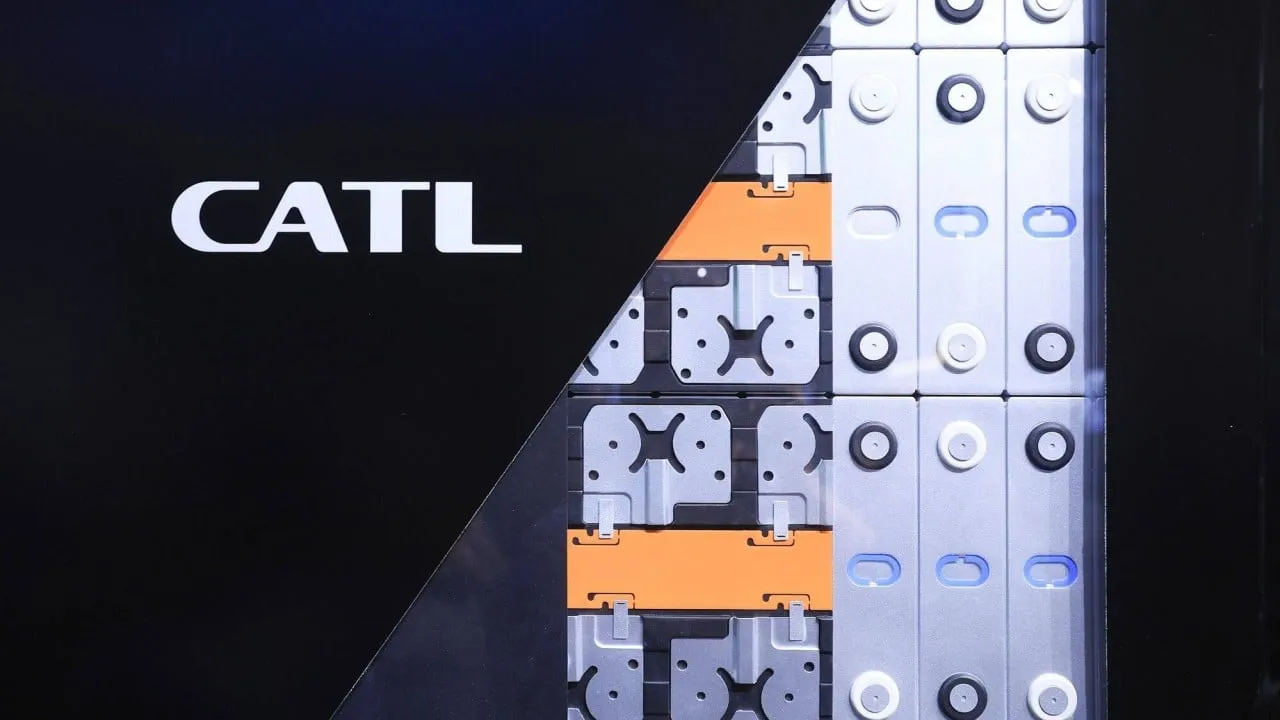CATL Launches Hong Kong R&D Centre Amid Political Tensions and Innovation Focus

CATL's Strategic Move in Hong Kong
Contemporary Amperex Technology (CATL), the world’s biggest maker of batteries for electric vehicles (EVs), launched a research and development centre in Hong Kong, enhancing the city’s ambition to be a global innovation hub. On Tuesday, the company announced it planned to start 75 R&D projects at its new centre located in the Hong Kong Science Park, the city’s IT hub.
Additionally, CATL will hire 200 professionals to conduct scientific research and closely collaborate with local universities. “As a key global financial, trade, and maritime centre, Hong Kong offers distinct advantages for collaborating with international tertiary institutions, attracting top talent, and building global platforms,” stated Ouyang Chuying, CATL’s co-president for R&D, during the launch event in Hong Kong.
Investment in New Energy Innovation
- CATL has signed a memorandum of understanding with the government-backed Hong Kong Science and Technology Parks Corporation (HKSTP).
- Proposed investment of up to HK$1.2 billion (US$154.5 million) to promote innovation in new energy technology.
- Focus on driving green and smart manufacturing of new energy products.
The new centre spans about 9,000 square feet, making CATL the largest tenant at the Hong Kong Science Park. The establishment of this centre is also strategic for CATL amid rising political tensions as it seeks to solidify its global standing.
Collaborations and Future Prospects
Lawmakers in the US have expressed concerns regarding a collaboration between CATL and Ford Motor, requesting that the Biden administration review underlying agreements to ensure compliance with regulations. Andy Kwan Cheuk-chiu, director of the ACE Centre for Business and Economic Research, noted that CATL establishing a presence in Hong Kong is beneficial given the city’s potential as a location for the company’s second listing, providing a less sensitive operational environment than the US.
This article was prepared using information from open sources in accordance with the principles of Ethical Policy. The editorial team is not responsible for absolute accuracy, as it relies on data from the sources referenced.